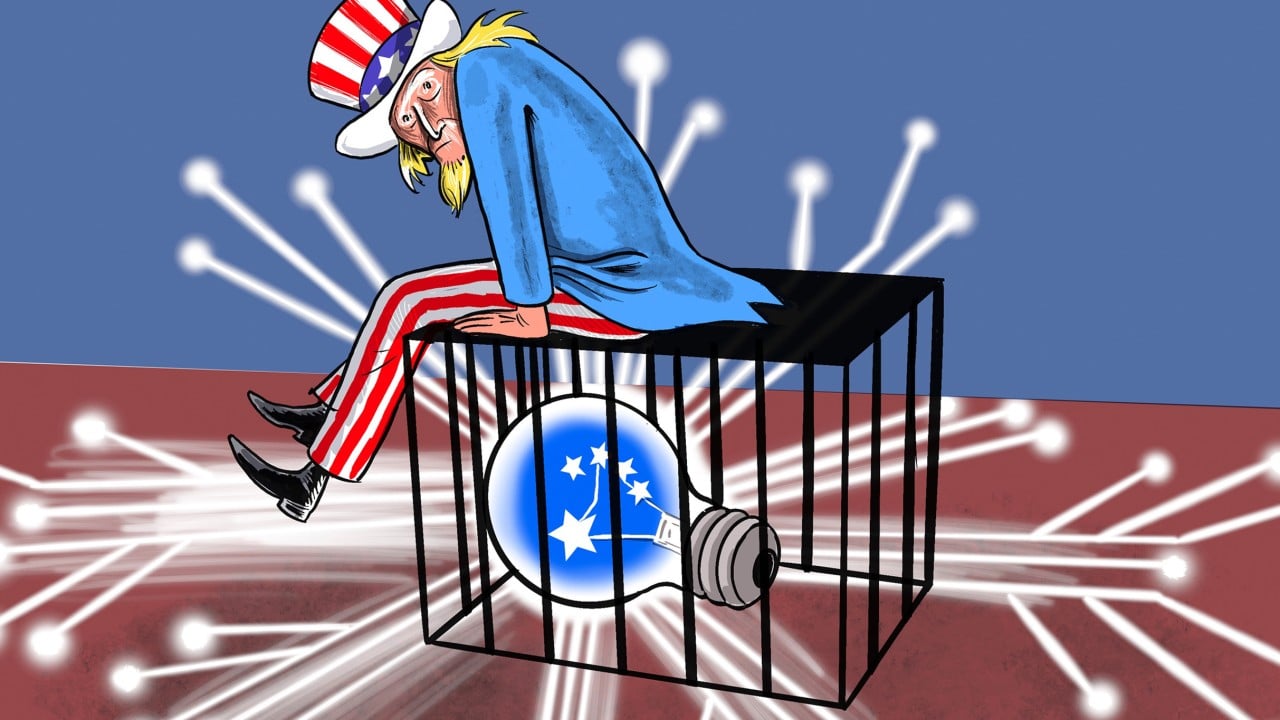The United Nations’ latest Global Innovation Index shows more than just a shift in rankings; it’s a strategic wake-up call. For the first time, China broke into the top 10 most innovative nations, displacing Germany, Europe’s industrial titan. This achievement, fuelled by massive government and corporate investment in research and development, is a testament to China’s drive towards technological self-sufficiency.
Advertisement
It also exposes a profound paradox. While the United States has spent years trying to contain China’s technological rise, its efforts are not only failing but are also undermining global innovation and America’s own long-term interests.
For years, Washington has pursued a policy of tech decoupling from China, a strategy rooted in a zero-sum perception of national security and economic dominance. The playbook is well known: targeted export controls on critical technologies such as advanced semiconductors, the blacklisting of leading Chinese firms and a concerted effort to sever supply chains.
The rationale is simple. By denying China access to key components and know-how, the US could cripple its rival’s ability to compete in next-generation fields such as artificial intelligence, quantum computing and 5G.
But both the UN innovation ranking and a closer look at the data reveal the futility of this approach. Instead of stifling Chinese innovation, American pressure has catalysed it. Faced with external restrictions, Chinese companies and research institutions have doubled down on domestic development, funnelling massive resources into domestic R&D.
Advertisement
China dramatically increased its R&D spending to more than 3.6 trillion yuan (US$506.19 billion) in 2024, a figure that positions it as the world’s second-largest R&D spender.

